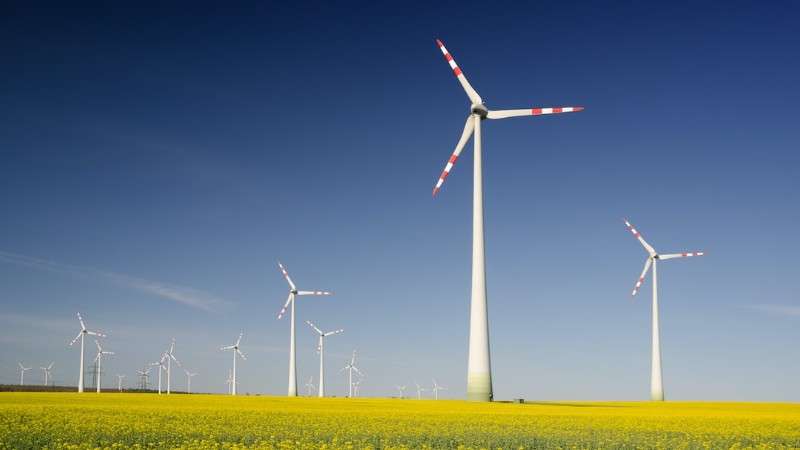
Although many scientists and researchers have been looking for methods to integrate more green practices into our daily lives for millennia, recent years of climate change and global warming have driven many scientists and researchers to explore ways to include more green practices into our daily lives. Using more renewable energy sources to help the planet and its people on a large scale is becoming more common because of new renewable technology.
The energy comes from the sun, wind, and other sources
Renewable energy can be used for a long time because it comes from renewable sources of natural resources like wind, sunlight, and rain. The environment should use renewable energy sources instead of mining or burning fossil fuels because they don’t use a lot of energy and don’t use many resources.
In what ways does renewable energy help?
Green power is better for the environment than coal, oil, and natural gas, which have a bigger impact. People who use renewable energy get a lot of good things out of it:
Greenhouse gas emissions will be less
Renewable resources decrease our carbon footprint by putting less pollution and carbon dioxide into the air. CO2 emissions and other poisonous outputs can help slow down the negative effects of climate change on the environment if they are cut down.
More stable energy sources
Renewable energy sources make us less reliant on dangerous substances or pollutants to provide us with power, so we don’t have to use them as much. On the other hand, renewable energy sources are infinite and not in immediate danger of running out. As a result, people can use resources like the wind and sun to get power without causing problems for the rest of the world because there is still enough wind and sun for everyone.
Taking less care
Most renewable energy sources don’t use fossil fuel-powered generators to run their facilities, and they don’t need more than a few inspections every few years. A simpler setup means fewer moving parts, which means that renewable energy facilities can run more cheaply and need less maintenance than traditional facilities.
How many types of renewable energy?
Many different forms of renewable energy are being tested and looked at all the time. Some of the types of renewable energy that are available now are as follow:
It comes from the sun
Solar panels use photovoltaics to get energy from the sun. They do this by capturing the sun’s energy and making electricity (PV). Solar panels can get 15% to 20% of the sun’s energy and make about 300 to 400 watts of electricity. Current research shows that solar power is good for the environment and can help reduce energy costs.
In this case, wind power
Wind turbines operate the power of the wind to produce electricity. People usually paint turbines a color like white or light gray so they don’t stand out and don’t get too hot from the sun, which can crack or overheat them. Each turbine has three blades to make it easier to keep spinning and make a lot of electricity every year. Wind farms are groups of turbines that are close together. There are places where wind farms can act as power plants. They make electricity and send it to the grid.
There are many ways to get hydroelectric power
People use hydroelectricity, also called hydropower, to make electricity when water moves through a turbine, spinning it and making it move. The hydraulic turbine converts energy that moves through something like a dam or water power plant into mechanical energy used to move things like cars. In the next step, a generator turns this mechanical energy into electricity. Hydroelectric power is very efficient with energy. Some facilities can turn at least 90% of their energy into electricity, while most fossil fuel plants are only half as efficient.
Geothermal power
There are geothermal power plants that use the heat and steam from the Earth’s core to make electricity. At least one to two miles down, wells are dug. This pumps the Earth’s surface with hot water. It turns the water pumped up into steam that moves a turbine that makes electricity. In homes and businesses, geothermal heat energy can make hot water, heat other things, and power industrial processes like laundering, distillation, and sterilizing.
Biomass
Biomass energy comes from plants, animals, agricultural waste, manure, and other organic things. When these organic materials, also known as feedstocks, no longer have value, they can be burned to make energy for heating and electricity, which can then be used for heating and other things. Waste is a type of biomass that can be used again and again because humans will never stop making waste. On the other hand, biomass may become a nonrenewable resource if more biomass feedstocks are utilized than supplied.
Hydrogen
Hydrogen is a common, natural element that can make electricity. Most hydrogen is made with fossil fuels, but there are ways to make hydrogen with renewable energy like biomass and solar power. Hydrogen fuel cells cleanly make electricity that can power buildings like hospitals and data centers or power cars with little to no pollution.
Leave a Reply